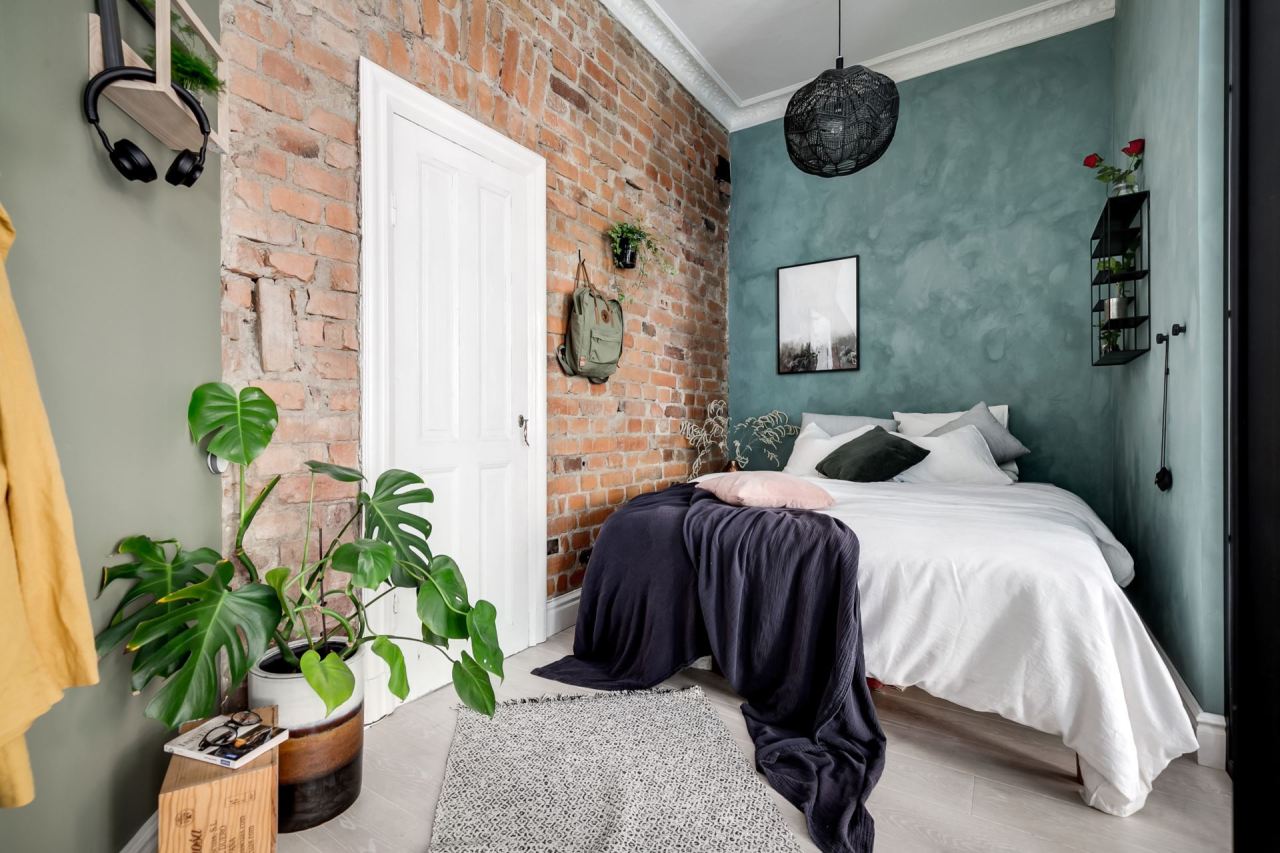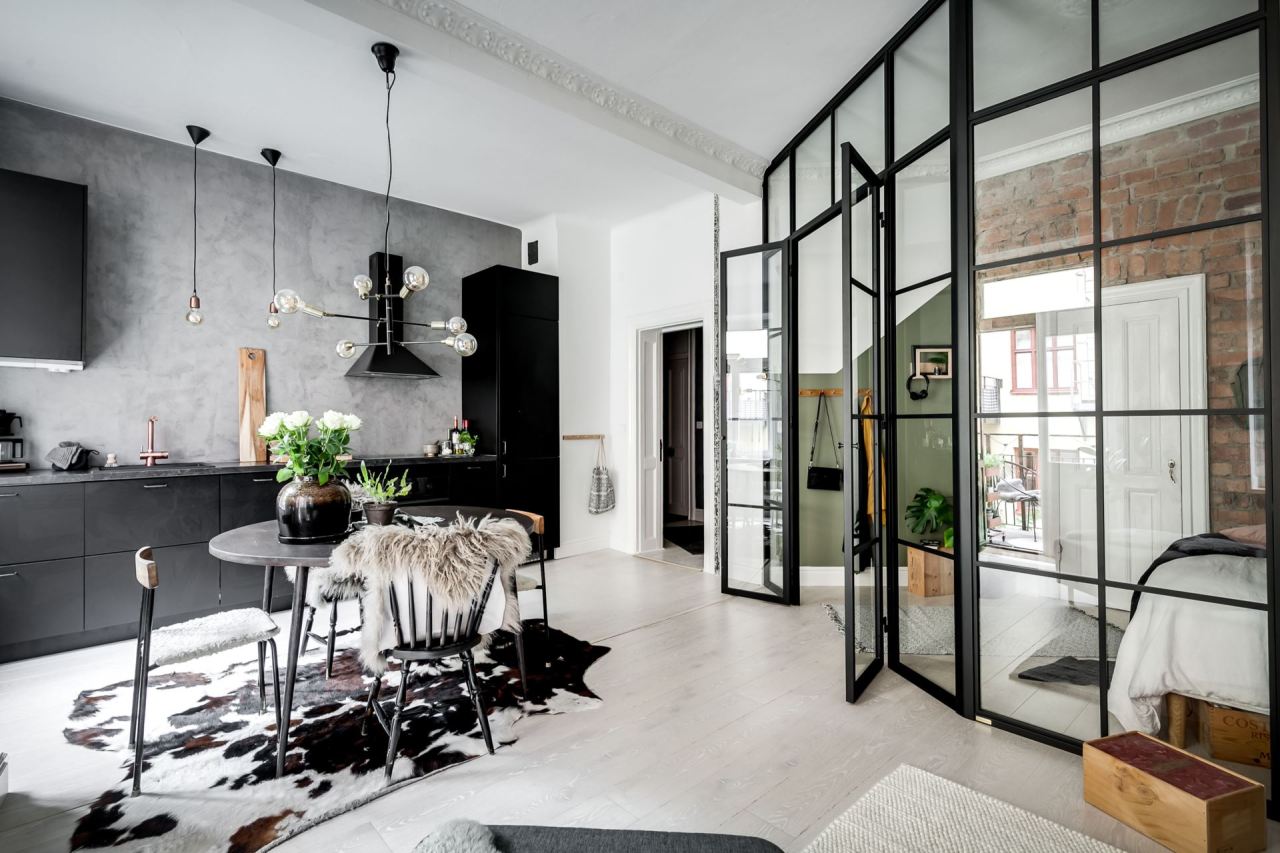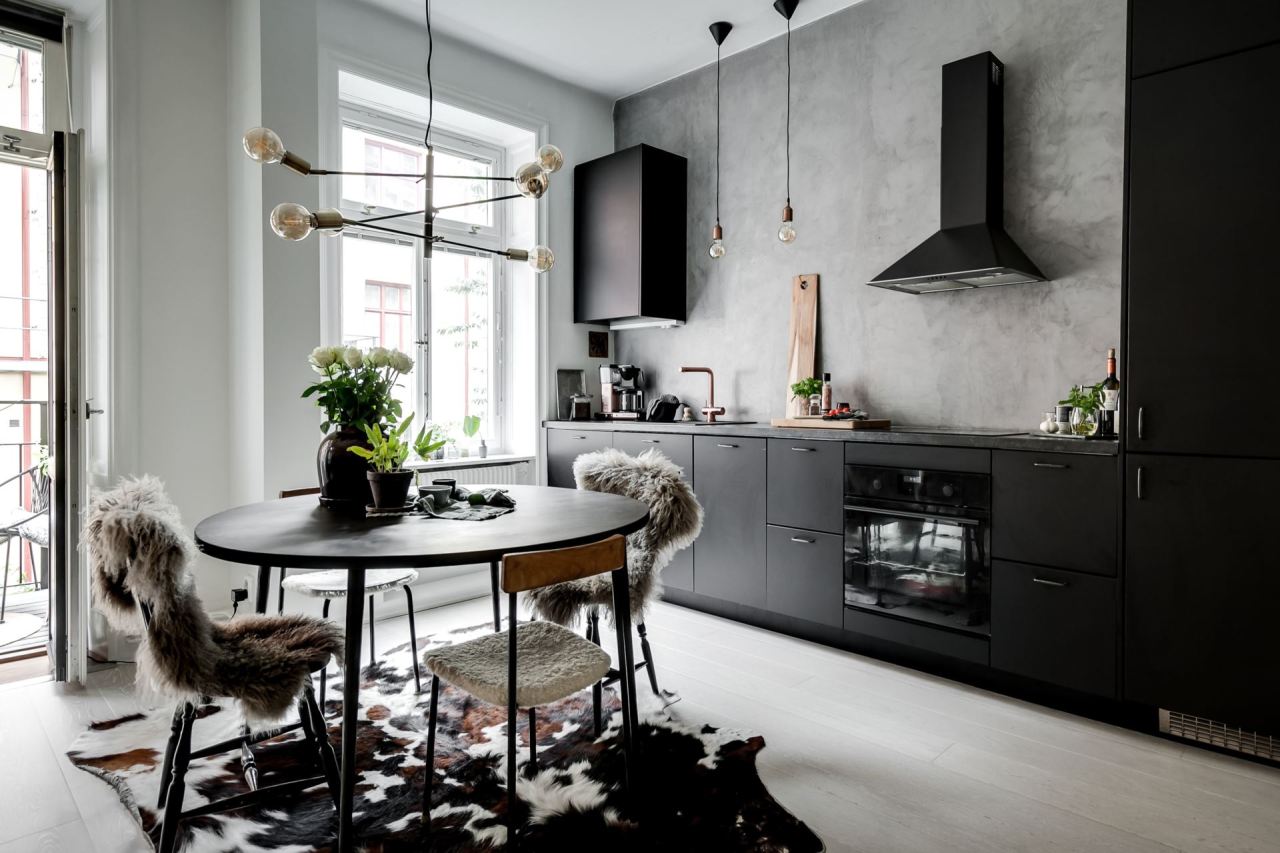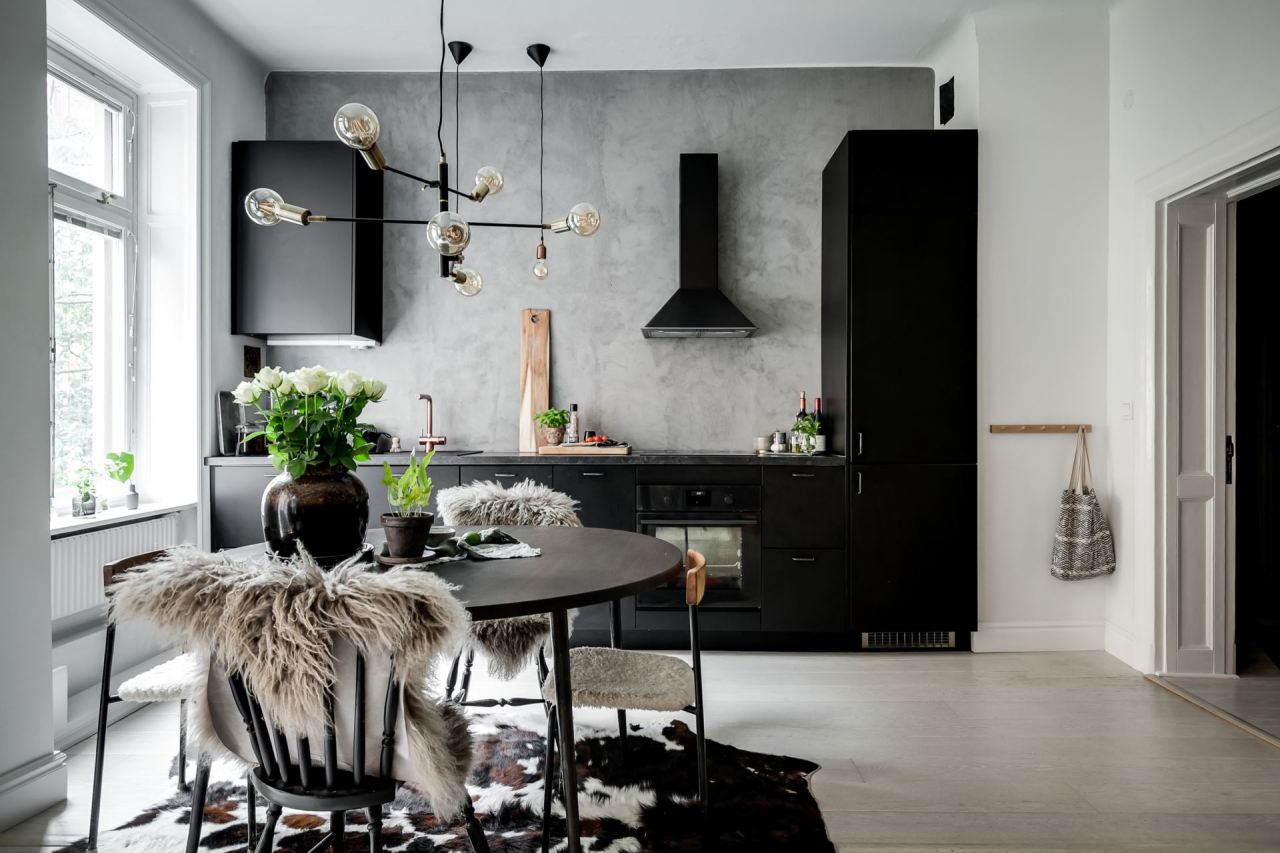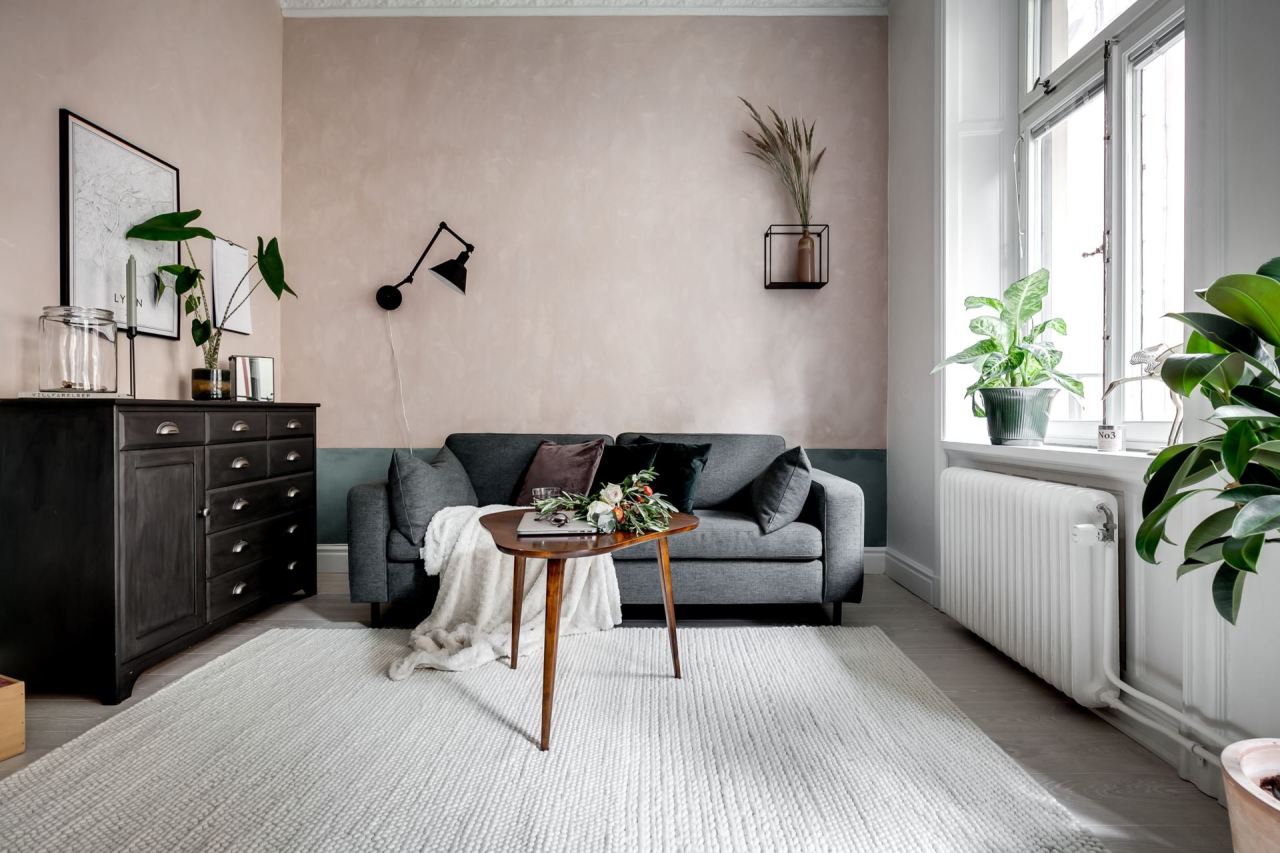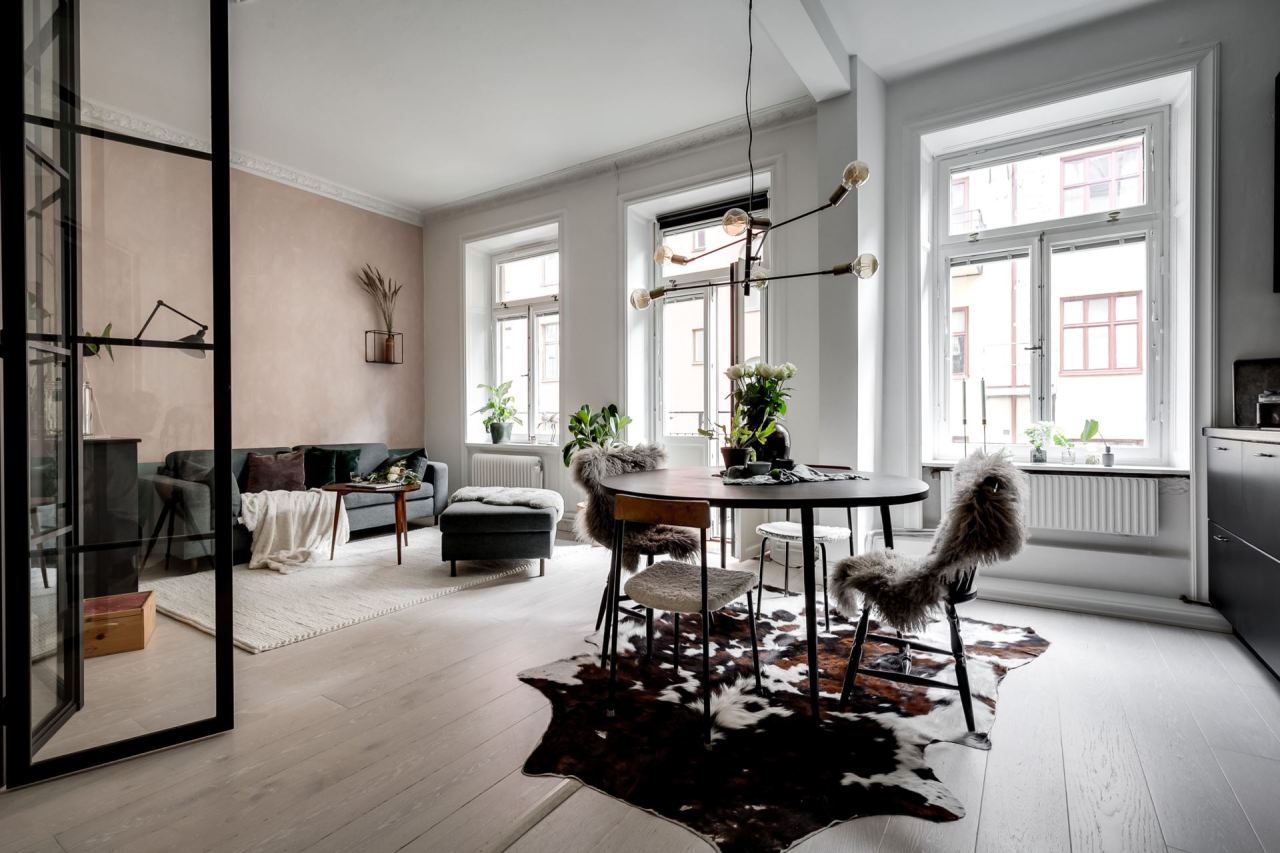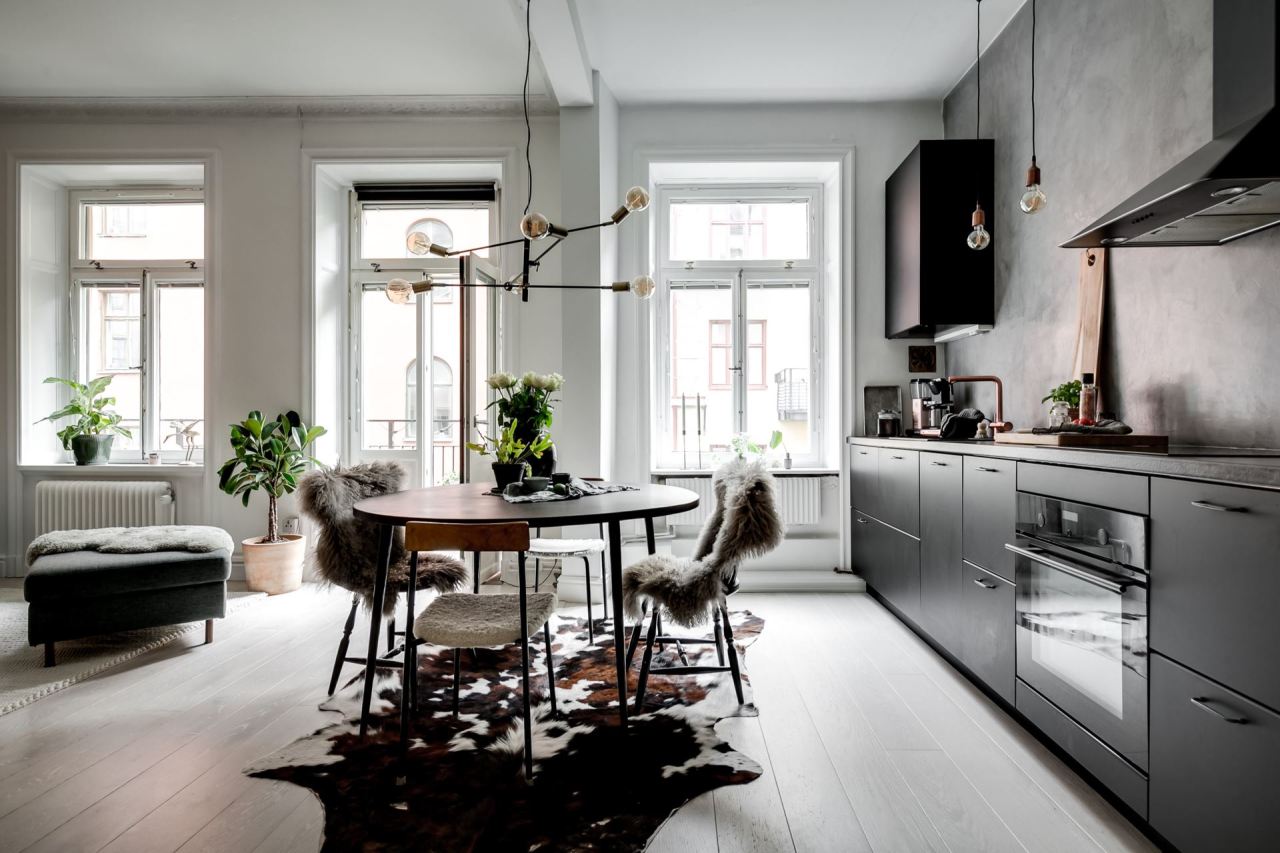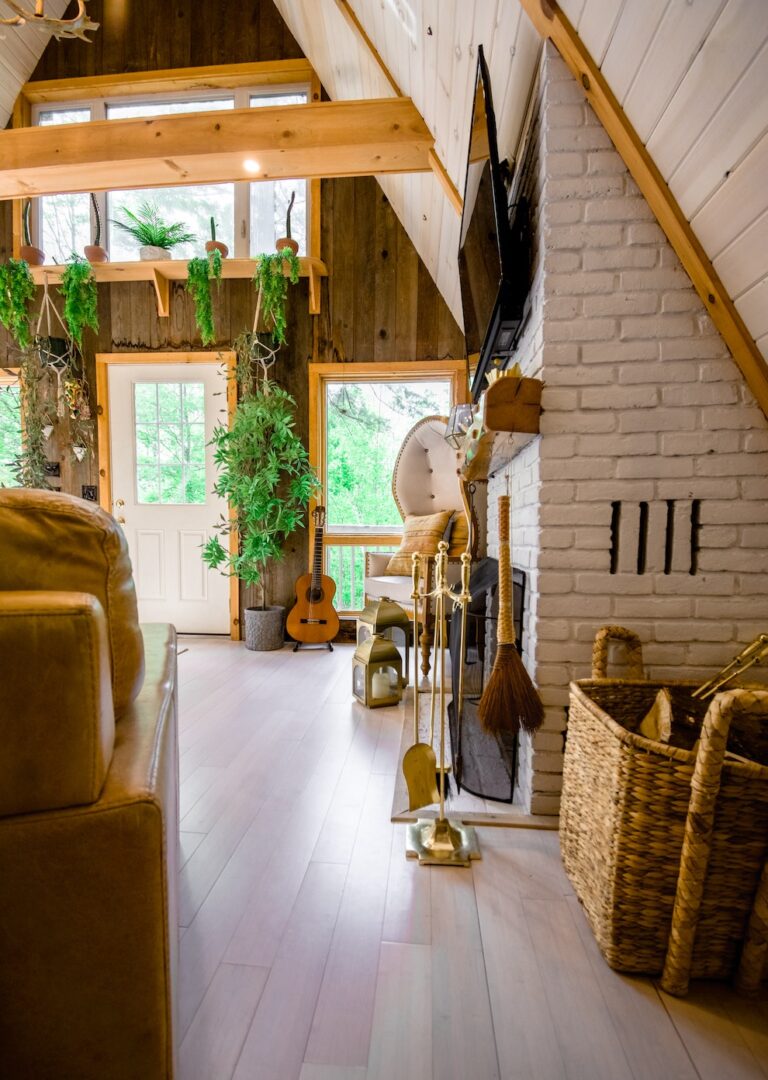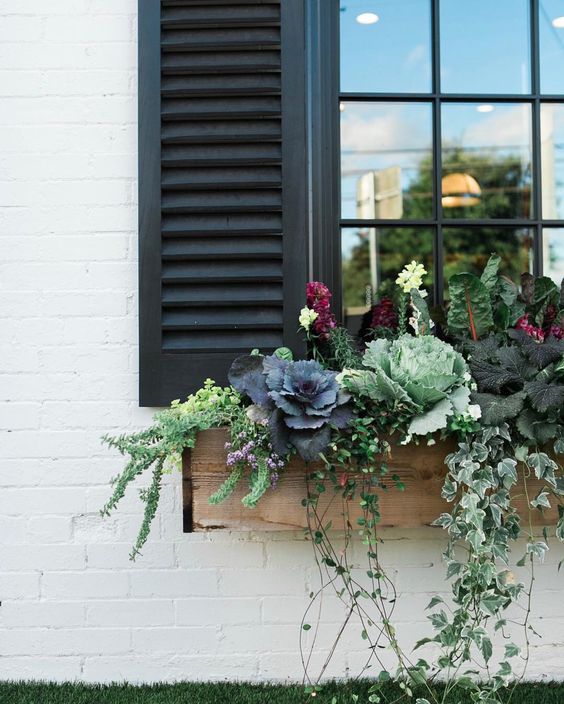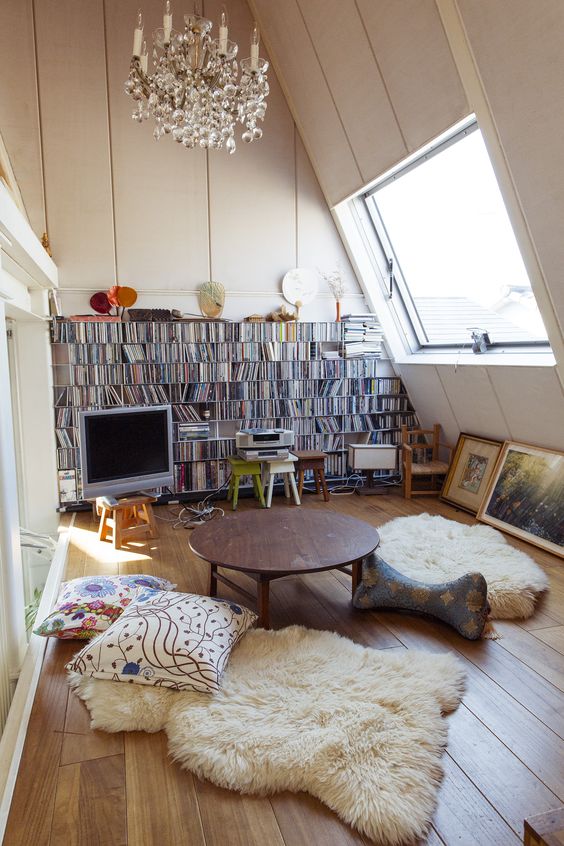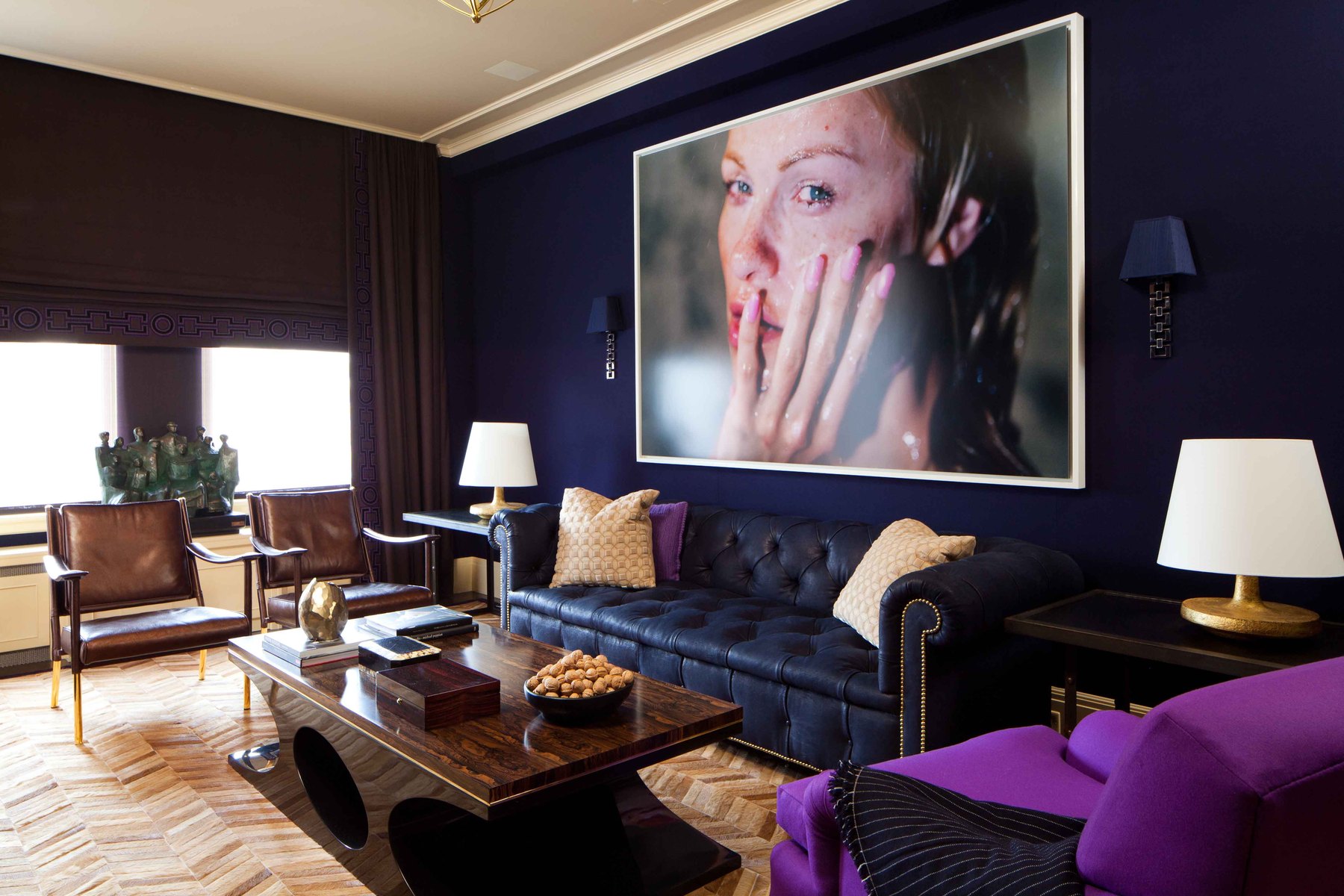How Best Interior Painters Assist with Top Color Recommendations
Why would you let a painter choose your colors for you?
This is a very obvious, completely natural question for all homeowners out there. It’s your home. Why leave your color scheme in the hands of someone else, who will never have to live in that space? Well, to begin with, because it’s a part of their job description. Professional painters are exactly that – professionals. There tends to be more to their skill set than just proficiency with waving a brush. They are also aesthetic consultants, if you let them, which you absolutely should.
There are fair few factors to consider when picking out interior colors, especially when it comes to residential paint projects. Corporate tends to be simpler, companies strive to have a uniform aesthetic they adhere to, often a neutral one, and functionality is key. But homes are where our souls rest, and they express our personalities. Here are some of the factors that make quality color expression tricky:
The size of the surface to be painted. The general rule of thumb here is, darker colors on larger surfaces, lighter colors on smaller surfaces. Check out this comprehensive article for some handy basic guidelines on the matter. It holds true for shades as well. Painting a wall or a ceiling a darker or lighter variant of the same color will make it look smaller or larger, respectively.
Dark rooms tend to feel more confined, and if dark colors are paired with insufficient lighting, heavy textures, bulky furniture, cluttered layouts etc. especially in small spaces, it can make the room feel downright suffocating.
Likewise, light rooms feel more open, brighter, and airier. If you pick an excessively light paint for a large room, especially if it boasts a lot of light, large windows, delicate textures, minimalist furniture, or a spaced-out layout, it’s at risk of feeling empty, unfinished design-wise, or just like the space isn’t being used to its full potential (even if it actually is).
But what makes for a “small” or “large” surface? To be fair, most of them fall somewhere on the spectrum of “average-sized”. This is where a professional painter’s eye can save the day (and house): they are far more fine-tuned to slight differences in dimension, orientation, and angles. They can accurately determine exactly which way your “average, decent-sized” wall or ceiling is leaning and help prevent potentially disastrous choices.
The purpose of the room. This is something we recognize instinctively. Have you ever thought “I want my bedroom to feel more cozy”, or “The living room needs a more relaxing atmosphere”, or “Somehow I can’t really focus in our study”, or “This hallway doesn’t look inviting enough”, or “This bathroom is so overbearing”? Have you caught yourself looking at the paint while thinking so? That you should have.
Different hues have different effects on our minds. Fortunately, these are more or less universal, especially among people belonging to the same culture, so you can leverage these effects to align a room’s color scheme with its intended function. This is known as color psychology and you can read more about it here: https://www.color-meanings.com/how-to-use-color-psychology-to-make-your-interior-colors-work-for-you/
So, for example, opt for a red or orange variant for your dining room to stimulate appetite and conversation. Pick a green or a beige for the living room, to emulate a relaxing “out in nature” atmosphere. Paint your study space or home office blue or yellow to improve your focus levels, mental clarity, and productivity. Then ask your painters for their professional opinion on the shade, or just see how they, as guests so to speak, feel about being in a room like that.
The predetermined lighting. This is a factor many trips over. Some facets of our lighting situation we can control where we place our lamps, what shape they’ll be, what kinds of lightbulbs we will use, whether we shall opt for a chandelier or a simple flushed ceiling light etc. etc.
Some others we have zero influence over: the placement of our windows, the side of the world a given room is facing, any terrain features that will reduce or enhance the amount of daylight that gets through. All of these things however, controllable and uncontrollable both, directly alter our perception of color.
Professional interior painters understand this perfectly well, and they can take into account the behavior of your home’s light when choosing color schemes. They will likely immediately see any bad effects and know how to mitigate them. In this respect, they’re very close in trade to interior designers.
Here’s the trick, though: although your painter can offer insight into all of these things, that doesn’t mean they necessarily will, not of their own accord at least. You are going to need to ask them for it.
Now you might wonder “Why do I need to ask them to do something that’s a part of their job description?!” and the sad answer is – because that’s the only way to let them know you’re not a monster client who yells at contractors.
Just picture it: a professional painter is hired to paint a kitchen. They offer their professional opinion as to the color the client requested, because they see a way to ensure even greater satisfaction with the final result, or to prevent a stylistic disaster.
The client gets upset at the unsolicited opinion, and the contractor gives up because A) “the customer is always right” and B) everyone has the right to their own mistakes. They obey the client’s wish, paint the kitchen a mistaken hue or shade, and whoops, room ruined, client unhappy, and nobody to blame, but tantrums might (likely) still be thrown.
Nobody needs that kind of hassle in a long workday. It’s safer to simply do as one is told. Therefore, tell your contractors outright that you value them as professionals in their field and would like their input. You can move mountains with some respectful straightforward communication with your painter. You’d be surprised at how many tricks even “the average grunt” has up their sleeve for those who ask nicely!
Striking a balance between good ideas and perfect implementation
If it turns out that the particular color you want isn’t available, give alternatives a chance. Many stores offer to mix paint for you on the spot, so try it and adapt shades as you go. Keep in mind that paint looks very different when it dries! So, for mixing colors, trust your painter’s experience rather than your end-consumer instincts – they really can cheat you here.
Likewise, different wall textures require different handling, which you can read more about it here. That can also influence the realization of your ideas. Maintain flexible thinking when it comes to little suggestions, but also trust yourself. If your gut is telling you to stick with that shade you initially requested and then offset its downsides with a suitable curtain, go for it.
You want to find a nice middle point between what you imagined for your interior color schemes and what your painter is capable of carrying out. Neither the homeowners nor the painting pros are infallible, so balance and compromise are key to perfection.
Image source



